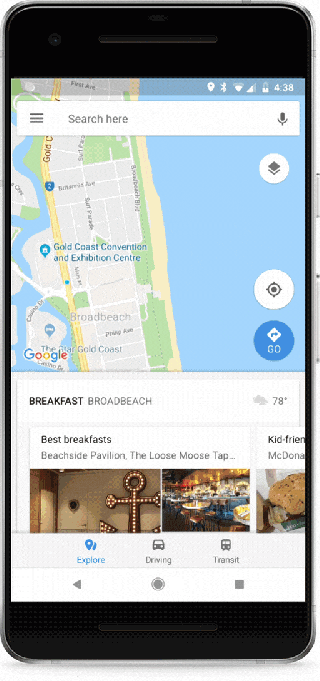At some point in the not-so-distant past, April Fools was about pranks and hoaxes, but given that we apparently have enough of those on the web, the day has somehow morphed into a celebration of random jokey things. This year’s Google Maps gag is no exception.
Starting today, when you open Google Maps on your phone or desktop, you’ll see Waldo in his trademark red and white sweater, waving at you you from the side of your screen. That’s because Waldo is sharing his location with you for the next few days and he really wants to be found (or not… I’m never quite sure about what Waldo’s real motivations are…). You can also ask the Google Assistant “Hey Google. Where’s Waldo?”
Then, when you click on Waldo in the map, you get to see a standard “Where is Waldo” image and your job is to find him, as well as Woof, Wenda, Wizard Whitebeard and Odlaw.
Now if Google had wanted to make this a real April Fools joke, it would’ve announced this and then never released it or just shown you a standard “Where is Waldo” image without Waldo. That way, it would’ve driven everybody mad. But I’m pretty sure it’s for real, so head over to Google Maps and give it a try.

from TechCrunch https://ift.tt/2GZOnUZ
via IFTTT
Comments
Post a Comment